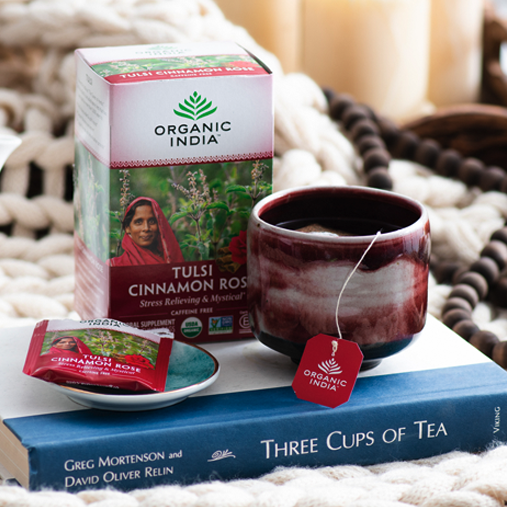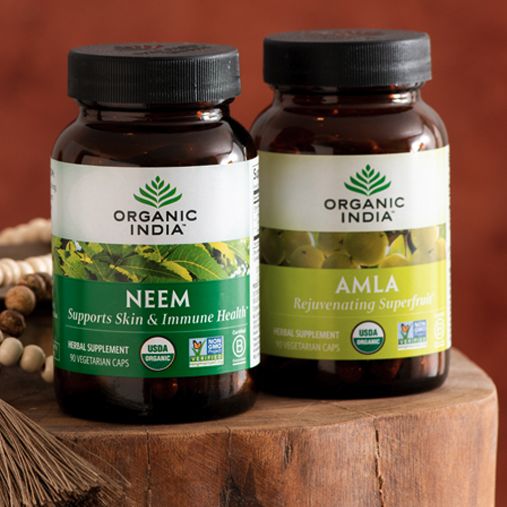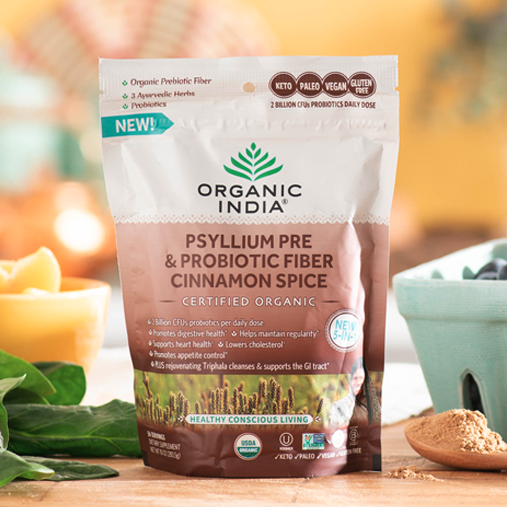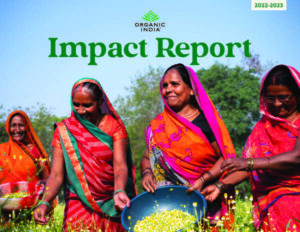Thirty-four years ago, one of the most aggressive laws to date was created, requiring warnings on products that may include risks of cancer and reproductive health issues. Called Prop 65, the law was also known as California’s Safe Drinking Water and Toxic Enforcement Act of 1986, and was meant to protect the public from exposure to hazardous compounds, even at levels a thousand times less than that at which no measurable effect can be scientifically detected. This was especially significant with regard to pernicious toxins and heavy metals, such as lead.
According to the American Herbal Products Association (AHPA) — a national trade association representing the herbal products industry — Prop 65 mandates that foods, dietary supplements, and other consumer products bear warnings about cancer and birth defects if the product may cause exposures to certain substances. While Prop 65 warnings are well- intentioned, the AHPA claims they can be alarming and misleading, if for no other reason than such warnings may be applied to products that present no actual risk.
Although Prop 65 seems like a protective measure, it seems that those who benefit the most from it are lawyers who go after small businesses that are otherwise in full compliance with existing regulatory and safety standards. Unfortunately, smaller businesses lack the finances, personnel, time, and other resources to defend themselves against lawsuits, so they frequently settle out of court to cut their losses. Legal expert Alison Malsbury, Los Angeles, wrote that “there are California lawyers for whom bringing these lawsuits is a regular part of their business.”
The Complexities of Legal Action
Hartman-King, a law firm specializing in environmental litigation–regulatory reporting and food and agriculture, reports that in January 2020, California’s Office of Environmental Health Hazard Assessment (OEHHA) adopted its proposed amendments to Prop 65 regulations, to further clarify the responsibilities of parties in the supply chain that provide product exposure warnings to consumers. The new amendments explain the circumstances under which a supply chain entity, one with primary Prop 65 responsibility, can shift its burden to a retail seller. OEHHA claims that “in some situations, the original manufacturer, distributor, importer or others in the chain commerce may not know where or by whom the product will ultimately be sold to a consumer.”
The American Chemistry Council (ACC) has called California’s Proposition 65 law an “unmitigated disaster.” Although Prop 65 is supposed to require the disclosure of important information so that California’s citizens can make informed decisions about their exposure, it’s not as good as it sounds. The law has been heavily criticized by industry because it creates consumer confusion and fear, and leads to costly regulatory and legal burdens. ACC’s senior director of regulatory and technical affairs, Karyn Schmidt, said the statute is being applied inappropriately, including for staples such as coffee.
And now, as of just this year, Prop 65 has been applied to marijuana. The law office of Harris Bricken, Los Angeles, noted that in California, “marijuana business owners have additional cause for concern.”
The Burden of Proof is on the Accused
One of the chief problems with Prop 65 is that the burden is on the production company to prove that exposure falls within “safe” levels. If OEHHA has not already specified a “Safe Harbor Level” for a chemical known to cause cancer or reproductive harm, the accused company must establish, through scientific evidence, an exposure level within the Safe Harbor Levels. For a small company, such a cost can be prohibitive and effectively drive it out of business.
The law firm of Blank Rome, with 14 offices nationwide, explained that companies do not need to provide a warning if chemicals in their foods are “naturally occurring.” This exemption, however, only applies according to a stringent three-part requirement that must:
- Prove the “natural background” of the chemical in the area where the food is grown or raised.
- Prove that the chemical did not result “from any known human activity.”
- Prove that by good manufacturing practices, the chemical exists in its lowest feasible level. As with the no-significant-risk level and maximum-allowable-dose level, the burden is on the company invoking the defense to prove that the chemical is “naturally occurring” within the meaning of the regulation.
The Consumer Pays the Price
In May 2020, attorneys Erik Swanholt and Hillary Vedvig wrote that “manufacturers, distributors and retailers know far too well that there are cottage industries in California where the same plaintiff, represented by the same plaintiff’s law firm, files lawsuit after lawsuit asserting the same claims…And those companies likely all share the same opinion of those
plaintiffs – that the plaintiff never had any intent to actually use the product…Instead, the goal of the conduct was to become a plaintiff in a lawsuit.” Typically, wrote the attorneys, even in cases where there is no genuine claim, the cost of defense outweighs the settlement such plaintiffs are willing to accept; and this leaves those companies with the “unpalatable choice of settling meritless lawsuits.”
In the end, due to the cost of litigation and unfounded accusations, is the consumer who pays the greatest price from misinformation, increased product prices, and shortages or unavailability of much-needed products.














